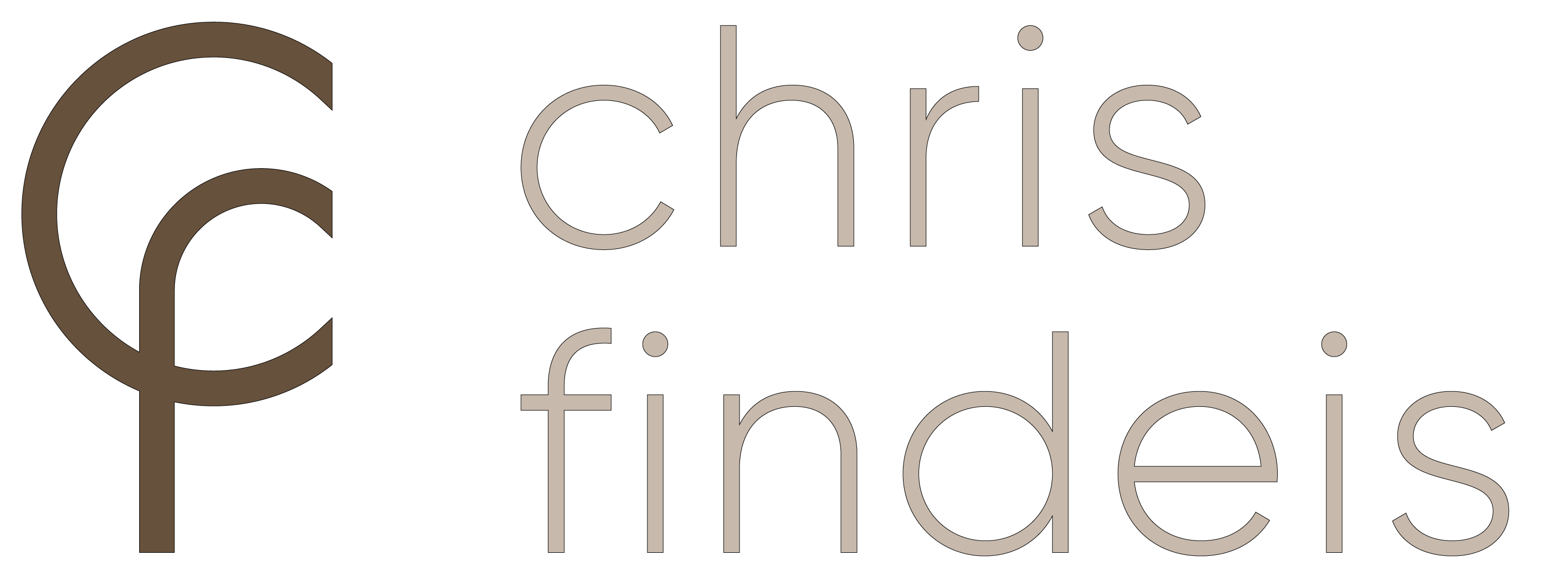What is Life Coaching?
The term ‘life coach’ came into existence in the last decade when it became professionally recognised that having a coach could more effectively bridge the gap between a person’s present self-worth, achievements, and personal goals, and what they wanted to become in the future.
It was realised that the expertise of a life coach in the form of empathy, understanding, support, and experience would greatly reduce the amount of time, money, energy required in this process of self-transformation. Often repetitive, self-defeating, patterns would become a vicious circle making the ability to make these life changes seem inordinately difficult to break out of. The spin off from one to one life coaching is enhanced self-esteem, superior problem solving, greater personal reality and fulfilment, and the ability to achieve client’s personal life goals.
Life Coaching methods
Coaching works by first assessing the areas of client’s life they want to change. A list is then drawn up with 5-6 problems they want to overcome with their life coach. A series of diagnostic tests are used to discover personality type (Myers-Briggs occupational test, Type A/B personality test, self-esteem questionnaire). A stress map is used to discover anxiety/depression areas and clients internal and external stressors.
An individualised programme is developed collaborated between client/life coach covering the specific problem areas revealed by the diagnostic criteria, in the first session.
Life Coaching Programmes include:
Stress reduction – physiology of stress
Identifying physiological arousal levels. Relaxation techniques, visualisation, breathing techniques, lifestyle issues (nutrition, exercise). Reducing by at least 25% the following variables:
- Time urgency
- Multi-tasking
- Perfectionism
- Irritability and hostility
- Poor self-esteem
- Left vs right brain activity
- Achievement striving
Increased self-worth
Using cognitive behavioural therapeutic techniques to challenge critical, punishing, guilt, and condemnatory thinking by learning to identify faulty thinking patterns and substituting more positive and balanced alternatives.
This involves work at home to augment what is learned in the session. These include bibliotherapy (reading materials), pleasure predicting activities, behavioural experiments, and a daily activity schedule recording thoughts, feelings and behaviours and their CBT alternatives.
Reducing the possibility of relapse
The third part of the life coach programme greatly reduces the possibility of relapse by looking at the deeper underlying core beliefs formed in the first fifteen years (“I’m never good enough”, “I’m a failure”, “I’m not lovable” etc.) which act as absolutes or prejudices in the clients lives, and keep them from achieving their personal life goals.
Core belief work modifies these deeply held beliefs using both to reinvent life techniques to achieve long term objectives
